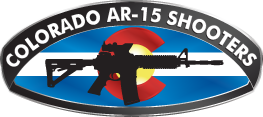Ear shadow is a real effect for long gun shooters. Most indications are that the head provides up to a 15 dB shadow in high frequencies, so depending on the type of firearm and frequency of use, significant differential in hearing loss between ears could be expected. I performed a PubMed (
www.pubmed.gov) search and found almost 300 research articles related to use of firearms and hearing loss. One study by Prosser, Tartari & Arsian (1988) looked at 133 railway workers who also hunted and compared them to 82 non-hunting co-workers. The workers who hunted were found to have greater hearing loss and this was typically in the ear that was contralateral to the muzzle of the firearm. A PubMed search will provide you with additional references.
Since the exposure is primarily impact/impulse, occupational exposure damage risk criteria is not applicable. According to Maj. Bob Eppens, Air Force audiologist (Hilltop Times, 10/21/2004), One shot from a .357 magnum pistol exposes the shooter to 165 decibels for 2 milliseconds, and is equivalent to 40 unprotected hours on the flightline. Other studies indicate that firearms yield peak sound pressure levels regularly exceeding 150 dB. Several websites show lists of firearms and their associated sound levels, including
http://chppm-www.apgea.army.mil/hcp/NoiseLevels.aspx, which gives a good indication of the noise levels of a range of military equipment. Many audiologists refer to the asymmetry described in the question as shooters ear, with the ear nearest the muzzle blast showing significantly more hearing loss than the shadowed ear.

